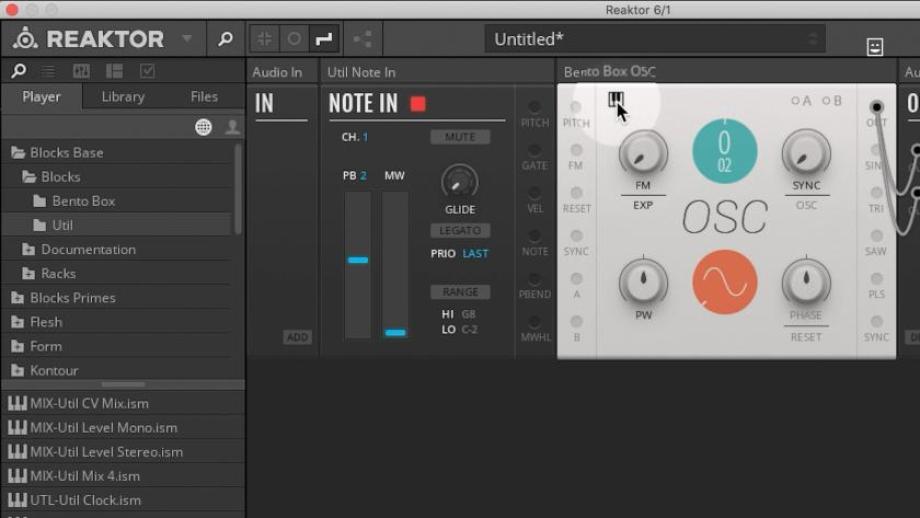In this article, we delve into the basics of synthesis. From understanding the function of oscillators to exploring the role of low-frequency oscillators (LFOs) and filters, we escort you on a journey narrated by Wehbba, the respected Techno DJ and producer.

Oscillators
Oscillators, the heart of a synthesiser, in a nutshell, are sound generators. They achieve this by oscillating waveforms to create a tone. Dive into the class '
Understanding oscillators in synthesis' where Wehbba details how an oscillator works, explaining how different waveforms create unique tones based on harmonics. Wehbba reflects that "an oscillator is a sound generator and it does that by oscillating a waveform until it creates a tone." He advances the lesson by demonstrating how manipulating an oscillator’s frequency impacts the pitch of the sound generated: "the pitch is basically the frequency that the oscillator will be oscillating at." As such, understanding oscillators is equivalent to mastering the foundation of sound generation.
Low-Frequency Oscillators
Next up, Low-Frequency Oscillators, or LFOs. Unlike regular oscillators that produce sound, LFOs primarily function to manipulate other sound parameters. In his class, '
What Is an LFO and how it’s used in synthesis', Wehbba explores how LFOs can modify parameters like the pitch, filter cutoff, and waveform shape, adding movement and texture to your synthesiser sounds. Wehbba explains that "very low values can already have a very dramatic change on whatever parameters controlling. So that is why the LFO is so important. You can find LFOs in most synthesisers, and you can control different parameters..."
Filters
Finally, filters play a crucial role in shaping sounds in synthesis. They do this by shaping the harmonic content of a sound, effectively 'sculpting' its final form. Wehbba's class on '
Understanding filters in synthesis' underlines the importance of filters. "When we're building up a sound it's important to control these frequencies at some point and we can do that with the filter," emphasises Wehbba. Envelopes, aspects of the synthesiser that shape the amplitude of the sound, play their role here by controlling the filter frequency, offering dynamic movement and expression to your patches.
Now that you've read about Wehbba's synthesis tips, experience it firsthand – get started for free and turn this knowledge into action on WHATCLASS.

